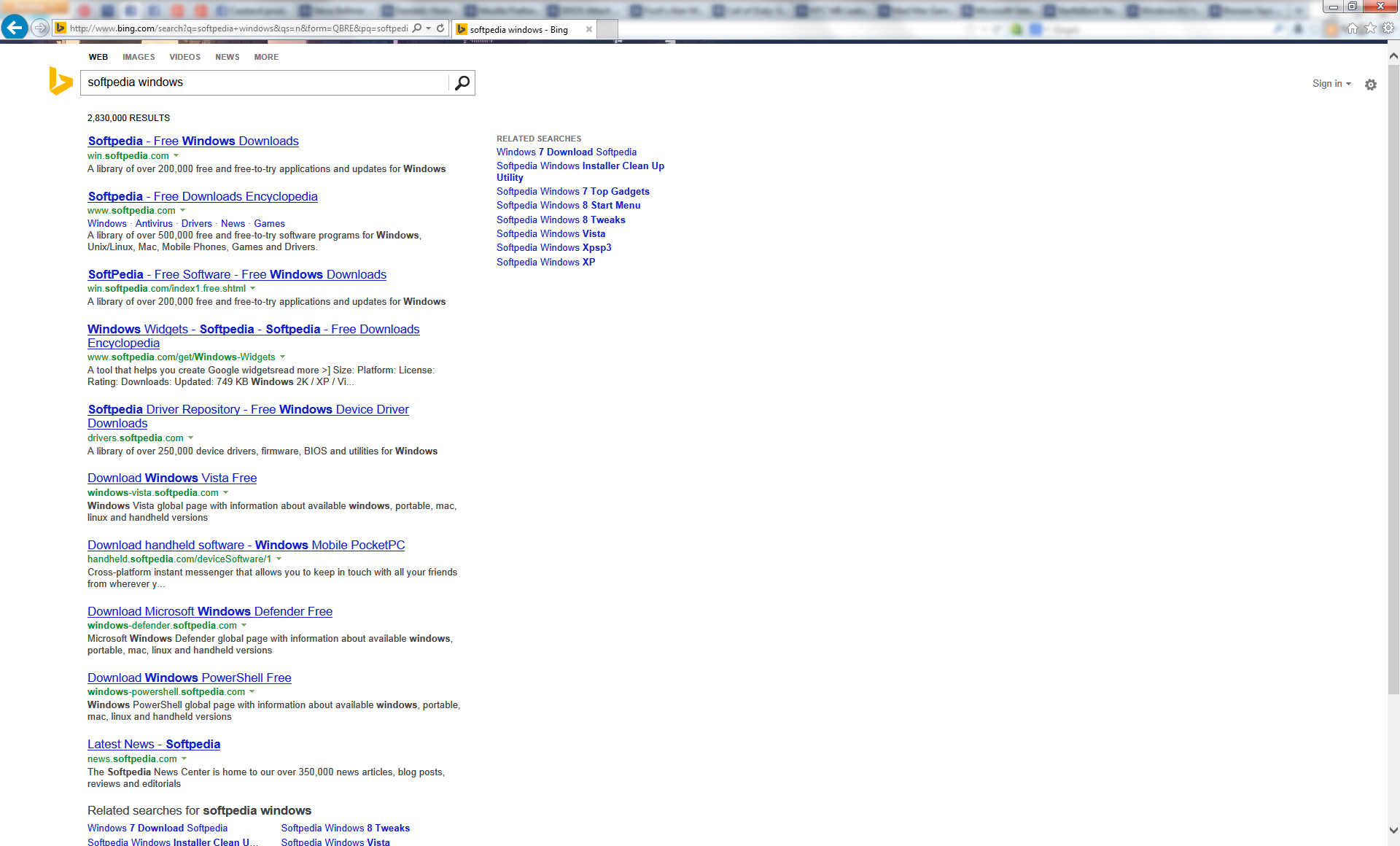

Then, attach all cables back to your router (including the Ethernet cable from the broadband modem to the router's WAN port) and power the router back on. Next, reconnect the coaxial cable, DSL, or FiOS connection to the broadband modem, making sure it's firmly in place and wait until the WAN/Internet light is on. Leave everything unplugged and disconnected for at least 30 seconds. Quick Fix: Unplug the network cable (or cables) and power from the broadband modem you received from your ISP including the coaxial or DSL connection, as well as all cables from the new router. Even though you can see the new wireless network and can even connect your computer or device, you cannot browse the Internet. You disconnect the old router, connect the new one, and follow the manufacturer's instructions for setup. Here are the twelve most common wireless questions I get from readers, with corresponding down-and-dirty troubleshooting tricks you can try before you call technical support.

However, some problems that crop up are common to all wireless routers, and we at PCMag want you to be able to solve them.
#Internet connection problems for mac how to#
I've covered many specific problems related to wireless networking: How to Boost Your Wireless Signal, How to Cast Out Intruders on a Wireless Network, and even How to Troubleshoot iPad Wi-Fi Connectivity Issues.

You have the power to solve many of these problems, even if you cringe at the thought of troubleshooting your wireless network. Not being able to browse the Internet, intermittent connections drops, and dead spots in wireless coverage are just a small portion of the endless litany of migraine-inducing Wi-Fi weirdnesses that crop up when routers fail at their tasks. Unfortunately, the bridges between the Internet and a home user's local area network, or LAN, are the perfect breeding ground for a host of problems. But, because all of these functions are critical to a router's network, when your router begins to act up, you're likely to forget the fact that it functioned flawlessly for weeks, or even months, at a time.Īnd your router will act up, from time to time. Most routers manage to do all these jobs reasonably well the vast majority of the time. That's a complex set of responsibilities for a small, inexpensive device to perform. A router is the central figure in a home network, connecting the vast Internet with our comparatively tiny (yet increasingly sophisticated) private networks. Second, it serves as a wireless access point, sharing the inbound Internet connection with all devices on a home network. First, it routes data packets between networks. The first step is understanding what your router is and how it works. Setting up a home router-and keeping it running-is still more complicated and requires more tech knowledge than the average user could wish. Why? Because even though your router is one of the most useful tech devices you own, it can also be one of the most troublesome. "My Internet is so slow." "I can't stream video from my phone to my HDTV." "My tablet won't connect to my router." These are just a few of the many common problems users experience with their home networks and wireless connections.


 0 kommentar(er)
0 kommentar(er)
